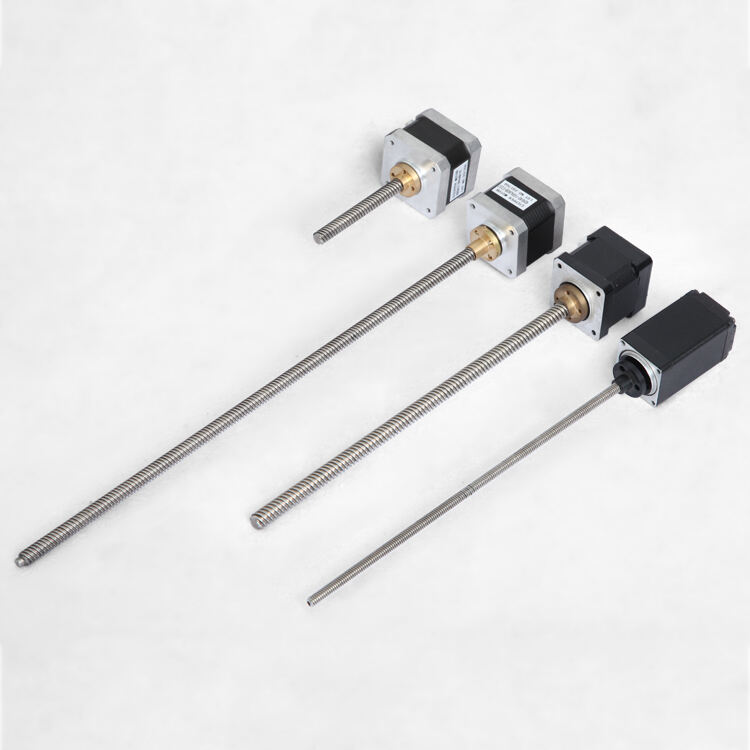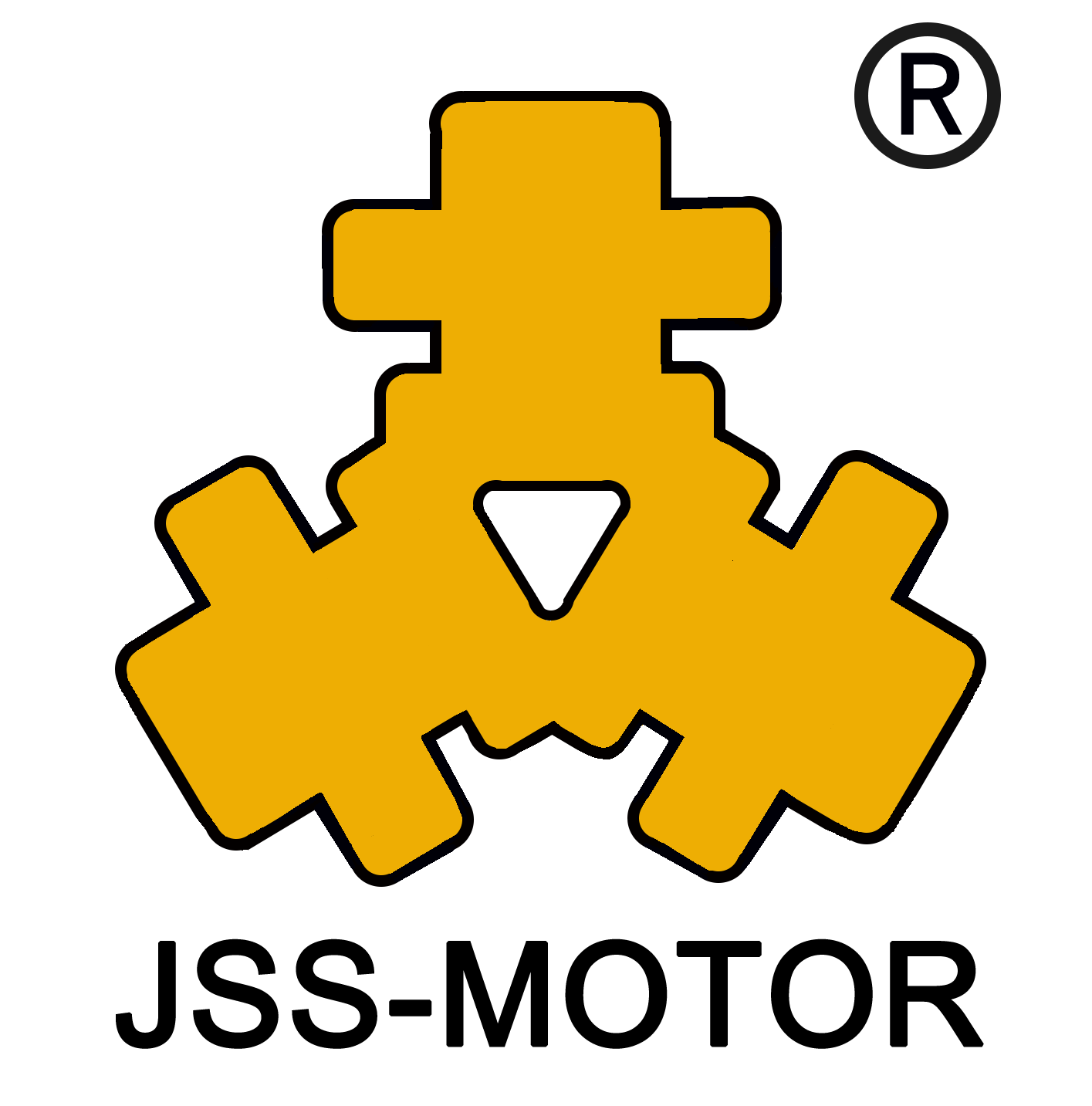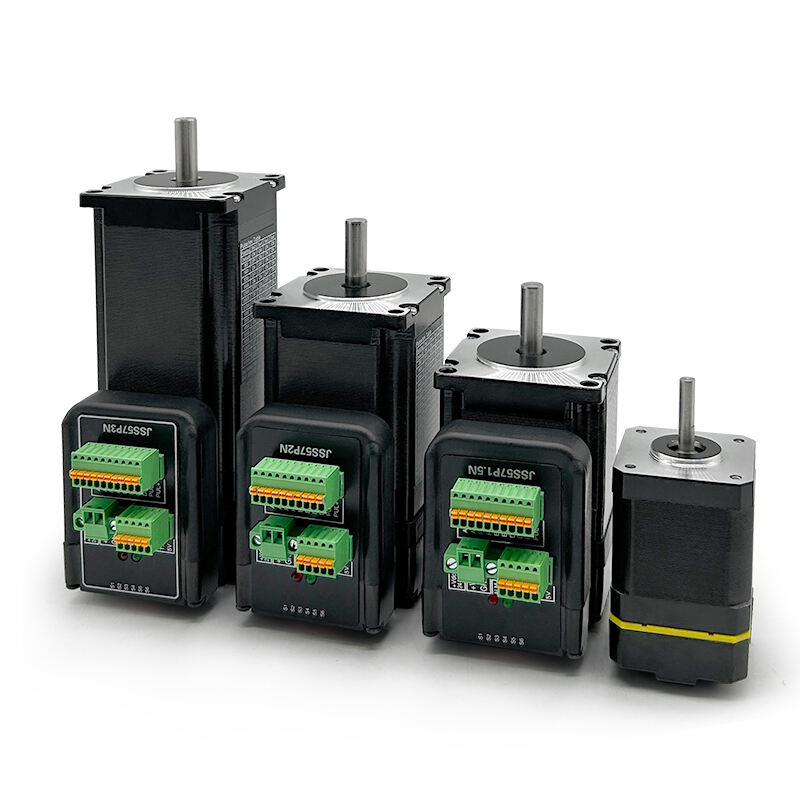Understanding EMI Reduction in Modern Motor Control Systems
The evolution of motor control technology has brought significant advancements in how we manage electromagnetic interference (EMI) in industrial and automation applications. Digital stepper driver technology represents a revolutionary step forward in addressing the persistent challenge of EMI that has long plagued traditional analog systems. As manufacturing environments become increasingly sensitive to electromagnetic disturbances, the need for cleaner, more efficient motor control solutions has never been more critical.
The integration of digital control algorithms and sophisticated microprocessor technology has transformed how stepper motors operate in modern industrial settings. By leveraging advanced digital signal processing and intelligent current management, digital stepper driver systems offer unprecedented control over motor behavior while simultaneously addressing EMI concerns that traditionally required extensive shielding and filtering solutions.
Core Technology Differences Between Digital and Analog Drivers
Digital Signal Processing Advantages
Digital stepper driver technology employs sophisticated microprocessors that precisely control current flow through mathematical algorithms. This fundamental difference allows for more exact timing and current regulation compared to analog systems. The digital approach enables real-time current waveform optimization, resulting in smoother motor operation and reduced electromagnetic emissions at their source.
The precision of digital control extends to microstepping resolution, with many digital stepper driver units offering up to 256 microsteps per full step. This high-resolution control helps distribute current changes more gradually, reducing the sharp electromagnetic spikes commonly associated with analog drivers.
Current Control Mechanisms
Traditional analog drivers rely on linear amplification or basic PWM techniques to control motor current. In contrast, digital stepper driver systems implement advanced current control algorithms that can predict and compensate for motor behavior. This predictive capability allows the driver to optimize current waveforms, reducing unnecessary fluctuations that contribute to EMI generation.
The digital approach also enables dynamic current adjustment based on motor load and speed, ensuring that only the necessary current is supplied at any given moment. This optimization not only improves efficiency but also minimizes the potential for electromagnetic disturbances.

EMI Reduction Mechanisms in Digital Systems
Advanced PWM Techniques
Digital stepper driver technology utilizes sophisticated PWM algorithms that can modify switching frequencies and patterns to minimize EMI generation. These systems can implement spread-spectrum techniques that distribute electromagnetic emissions across a wider frequency range, reducing peak emission levels at any single frequency.
The ability to precisely control switching transitions also allows digital drivers to implement soft switching techniques, which reduce the sharp current edges that typically contribute to EMI. This sophisticated control results in cleaner power delivery and reduced electromagnetic disturbance in sensitive environments.
Filtering and Compensation Methods
Modern digital stepper driver systems incorporate advanced filtering algorithms that actively compensate for potential sources of EMI. These digital filters can adapt to changing operating conditions and maintain optimal performance while keeping electromagnetic emissions within acceptable limits.
The integration of digital signal processing allows for real-time monitoring and adjustment of current waveforms, enabling the system to respond to changing load conditions while maintaining minimal EMI generation. This dynamic adaptation capability represents a significant advantage over static filtering methods used in analog systems.
Practical Implementation Benefits
Installation and Integration Advantages
Digital stepper driver systems often require less external EMI mitigation hardware, such as shields and filters, due to their inherent EMI reduction capabilities. This simplified installation approach can lead to more compact and cost-effective system designs while maintaining superior EMI performance.
The reduced need for external EMI suppression components also translates to improved reliability, as there are fewer components that could potentially fail or require maintenance. This advantage makes digital stepper driver solutions particularly attractive for applications where system reliability is paramount.
Performance Optimization
The digital control architecture enables continuous monitoring and optimization of motor performance parameters. This capability allows digital stepper driver systems to maintain optimal EMI suppression while delivering maximum motor performance across varying operating conditions.
Advanced diagnostic capabilities built into digital systems can help identify potential EMI-related issues before they become problematic, allowing for proactive maintenance and system optimization. This predictive approach helps maintain consistent performance while minimizing electromagnetic disturbances in sensitive environments.
Future Developments and Trends
Emerging Technologies
The continued evolution of digital stepper driver technology promises even more sophisticated EMI reduction capabilities. Emerging developments in artificial intelligence and machine learning are being integrated into digital motor control systems, enabling more intelligent and adaptive EMI management strategies.
New semiconductor technologies and advanced materials are also contributing to improved EMI performance in digital stepper driver systems. These innovations are leading to more efficient and cleaner motor control solutions that can meet increasingly stringent electromagnetic compatibility requirements.
Industry Impact and Adoption
As industrial environments become more automated and densely populated with electronic equipment, the superior EMI performance of digital stepper driver systems is driving increased adoption across various sectors. The ability to maintain reliable operation while minimizing electromagnetic interference is becoming a critical factor in system design decisions.
The trend toward Industry 4.0 and smart manufacturing is further accelerating the adoption of digital stepper driver technology, as these systems provide the clean electrical environment necessary for sensitive automation and control systems to operate reliably.
Frequently Asked Questions
How much EMI reduction can I expect with a digital stepper driver?
Typical digital stepper driver implementations can achieve EMI reductions of 20-40dB compared to traditional analog systems, depending on the specific application and operating conditions. This significant reduction is achieved through a combination of advanced current control algorithms and sophisticated signal processing techniques.
Are digital stepper drivers more expensive than analog alternatives?
While the initial cost of digital stepper driver systems may be higher than basic analog alternatives, the total system cost often proves lower when considering reduced EMI mitigation requirements, simplified installation, and improved reliability. The long-term operational benefits typically justify the investment in digital technology.
Can digital stepper drivers be used in existing analog systems?
Digital stepper driver systems can usually replace analog drivers in existing applications, often providing immediate EMI reduction benefits. However, proper system assessment and potential modifications to control parameters may be necessary to optimize performance in retrofit applications.

